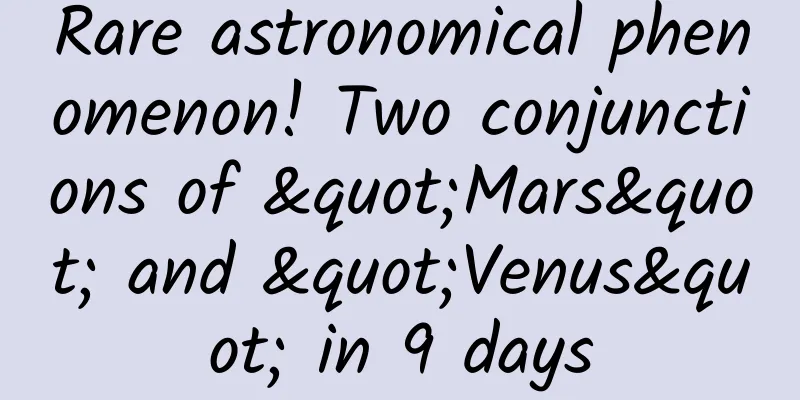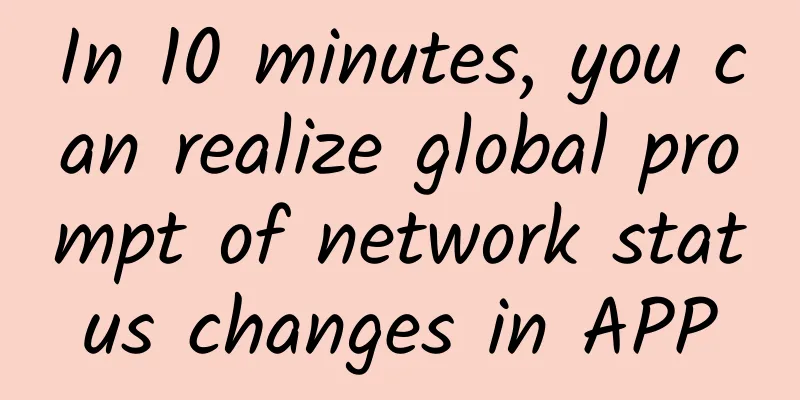Rare astronomical phenomenon! Two conjunctions of "Mars" and "Venus" in 9 days

|
According to the popular science experts from the Purple Mountain Observatory of the Chinese Academy of Sciences, Juno, one of the largest asteroids in the asteroid belt, will conjunct Venus twice at 4:00 on September 13 and 7:00 on September 21. What is the matter with Juno conjunct Venus? Is it common for Juno to conjunct Venus twice in 9 days? Astronomy popular science experts reveal the secrets for you. Wang Kechao, the director of science and technology at Purple Mountain Observatory, introduced that Juno is the third asteroid discovered by humans. It is located in the asteroid belt between Mars and Jupiter. Juno, Ceres, Pallas and Vesta are the four largest asteroids in terms of mass and volume among the known asteroids, and they are also the four earliest discovered asteroids. But compared with the moon, Juno is much smaller in size. In addition, its orbit is very far from the sun, and Juno's apparent magnitude is between 7.4 and 11.5, which cannot be observed with the naked eye. The definition of "conjunction" in astronomy does not mean that two celestial bodies actually move together, but refers to the fact that the geocentric right ascension or geocentric ecliptic longitude of the two celestial bodies is the same. Specifically, when Juno and Venus are conjunct, it means that the geocentric ecliptic longitude of the two celestial bodies is the same. "It is rare for Juno and Venus to conjunct twice in a short period of time." Wang Kechao explained that Venus began to turn from retrograde to direct motion at 11:34 on September 3, and at this time Venus moved slowly from west to east. On September 13, Juno surpassed Venus and the first conjunction occurred. As Venus accelerated, Venus surpassed Juno again on September 21, and the second conjunction occurred. It was as if the two celestial bodies were "overtaking" each other. Wang Kechao said that the last time Juno and Venus were in conjunction was on March 19, 2023. After September this year, the next conjunction between the two will be on September 6, 2024. In September this year, Juno and Venus met twice, and the angular distance between them was relatively close, so the public could only see the bright Venus with the naked eye. Wang Kechao suggested that if you want to observe Juno, it is best to use an astronomical telescope with an aperture of more than 100 mm. If you want to take a picture of Venus and Juno in the same frame, you can use a telephoto lens for a long exposure. Planning: Liu Xinhui Reporter: Wang Jueyin, Qiu Bingqing Poster production: Xu Zhan Editors: Chong Dahai, Zhu Shun Produced jointly by Xinhua News Agency Domestic Department and Xinhua News Agency Jiangsu Branch Produced by Star Studio |
<<: Look here, this rocket is not ordinary!
Recommend
September 2024 "Science" Rumors List: Mooncakes last a long time because they contain a lot of preservatives? The sooner children get their teeth straightened, the better?
The monthly "science" rumor list is gui...
How come the swing keeps swinging higher and higher with no one pushing or pulling it?
Audit expert: Luo Huiqian Associate Researcher, I...
What is the generally good keyword density for a website?
What is the generally good keyword density for a ...
What should I do if I accidentally disable a background app?
Q: What should I do if I accidentally disable a b...
In 2020, how to use short videos to empower brands?
We have been engaged in marketing for ten years a...
5 ways to effectively encourage users to download your app!
If you want to gain users in the App Store, the r...
Cross-border B brother tiktok advertising course is worth 1680 yuan
Cross-border B brother Tiktok advertising course ...
During the Qingming outing, you will definitely see them at your feet
The Qingming Festival holiday is here. Originated...
Tesla's Autopilot is declared not guilty and the new Model S/X 100d is launched
Ever since foreign media revealed that an America...
On the development of "Android" in the next ten years
Electronic products, especially the mobile phone ...
It hurts! Do your heels always crack? The truth may not be that your skin is dehydrated. Be careful of these diseases.
When autumn and winter arrive, the skin on many p...
Where does pufferfish's toxicity come from, and how can we eat them safely?
Hilsa shad, razor fish and puffer fish are collec...
Oh my god, why are there so many furry rabbit tails growing inside the stone!
Happy days always pass by in a flash, and the Spr...
6 ways to achieve rapid user growth for new APPs
Abstract : Achieving massive growth is not easy. W...
Burning money, poaching anchors, and high bandwidth fees, how do live streaming platforms achieve commercial monetization?
Today, let’s talk about how the live streaming in...









